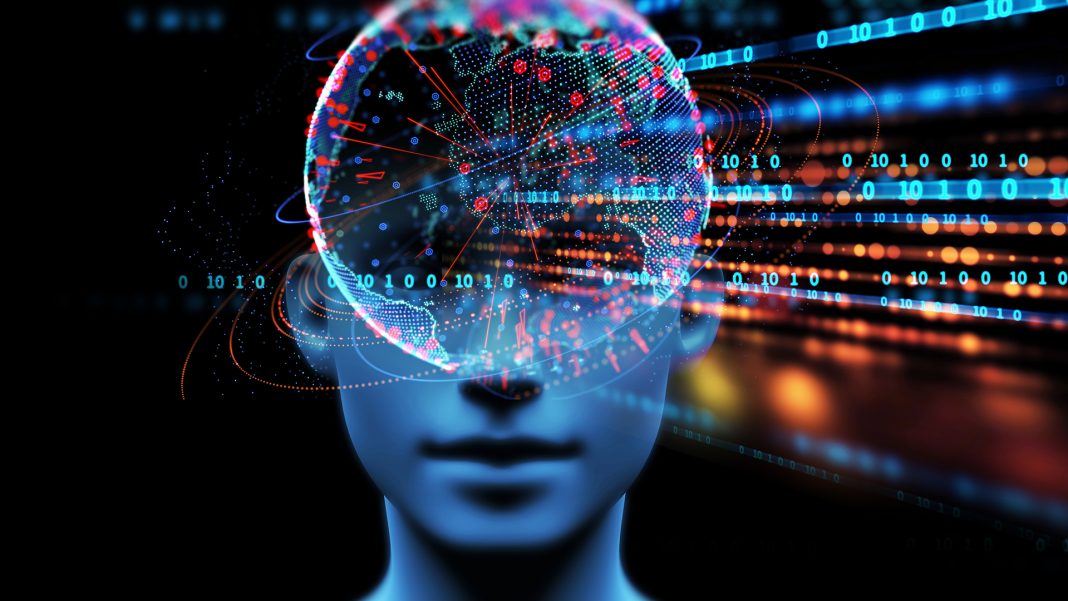Every minute, approximately 3 new scientific papers are published. In fields like biomedicine, researchers face over 1 million new studies annually. Keeping up is like drinking from a firehose. Enter artificial intelligence (AI), the digital ally promising to summarize mountains of text into digestible insights. But as labs and journals rush to adopt AI tools, critical questions arise: Can machines truly grasp the nuance of human research? What happens when they get it wrong? This blog explores how AI is reshaping literature reviews, the challenges lurking beneath its efficiency, and how scientists can harness its power responsibly.
1. AI as the Speed-Reading Scientist: How It Works
Imagine a superhuman assistant that reads 10,000 pages in seconds, highlighting key points. That’s AI-driven literature summarization. Using natural language processing (NLP), algorithms dissect text structure, identify keywords, and extract central themes. Unlike keyword-based searches of the past, modern tools like BERT and GPT-4 understand context. For example, if a paper mentions "cell apoptosis in melanoma," the AI recognizes whether "cell" refers to biology or prison contexts based on surrounding words.
Why this matters: Traditional reviews take weeks. A 2022 study in Nature found AI reduced literature screening time by 70% in systematic reviews. But speed isn’t everything. As one researcher quipped, “AI is like a brilliant intern who sometimes hallucinates references.”
2. Breakthrough Tools: Google’s AI Co-Scientist and Beyond

Google’s AI Co-Scientist (launched in 2023) exemplifies innovation. Designed for biomedicine, it doesn’t just summarize—it suggests hypotheses. For instance, after analyzing studies on Alzheimer’s, it might propose a link between gut microbiota and tau protein aggregation, prompting new experiments. Similarly, Gemini’s Deep Research creates tailored search plans. If you’re studying climate change impacts on coral reefs, it maps out steps: “1. Review IPCC reports. 2. Cross-reference with marine biology databases. 3. Identify gaps in bleaching mitigation strategies.”
Other players include IBM Watson’s Discovery, which visualizes connections between disparate studies, and Semantic Scholar, which flags conflicting evidence. Yet, these tools aren’t infallible. A test by Science revealed Gemini once conflated two similarly named genes, BRCA1 and BRCA2, in a cancer summary—a tiny error with huge implications.
3. When AI Stumbles: The Four Horsemen of Summarization Risks
a) The Illusion of Accuracy
AI summaries can sound flawless but be factually wrong. In 2023, a preprint study used ChatGPT to summarize a paper on mRNA vaccines. The result? It invented a “novel lipid nanoparticle” not mentioned in the original. This hallucination stems from models prioritizing linguistic patterns over factual truth.
b) Lost in Translation: Ambiguity
Science thrives on nuance. Consider a sentence like “The drug showed promising results in 60% of mice.” Does “promising” mean survival improved, or tumors shrank? AI might gloss over such details, leading to oversimplified takeaways.
c) The Bias Trap
AI models trained on historical data inherit past biases. A 2021 Stanford study found NLP tools underrepresenting contributions from non-Western institutions. If an AI summarizes a literature review on pain management, it might overemphasize studies from U.S. labs, skewing global perspectives.
d) Computational Limits
Processing a 100-page PDF isn’t trivial. To save resources, some tools truncate text, ignoring crucial methods sections. It’s ilke reading every fifth page of a novel and guessing the plot.
4. Ethical Quagmires: Plagiarism, Privacy, and Accountability
Plagiarism risks emerged when a Korean team used an AI to draft a review, only to find verbatim paragraphs from a paywalled paper. Tools like Turnitin now detect AI-generated text, but gray areas remain: Who’s responsible if an AI “paraphrases” without citing?
Bias extends beyond data. If an AI is trained mostly on oncology papers from male-led teams, will it undervalue gender-specific findings? Worse, opaque algorithms make bias detection harder. As ethicist Dr. Timnit Gebru warns, “AI can quietly amplify inequities under the guise of objectivity.”
Privacy is another concern. Uploading unpublished data to cloud-based AI risks leaks. In 2022, a preprint server accidentally exposed 3,000 manuscripts via an API linked to a summarization tool.
5. Best Practices: Navigating the AI Minefield
To avoid pitfalls, researchers recommend:
The 30% Rule: Use AI for initial drafts but manually rewrite 30% to ensure originality.
Cross-Check with “Gold Standard” Papers: Compare AI summaries against landmark studies you know well.
Transparency: Journals like PLOS ONE now require AI-use disclosure. If an AI helped screen 1,000 papers, state its role and limitations.
Bias Audits: Tools like IBM’s AI Fairness 360 analyze outputs for skewed representations.
A cardiology team at Johns Hopkins offers a case study: They used AI to review 5,000 studies on arrhythmias but cross-verified results with a human team. The hybrid approach cut workload by 50% without compromising accuracy.
6. The Future: Smarter Models and Human-AI Symbiosis
Innovations on the horizon aim to fix current flaws:
Context-Aware NLP: New models like Google’s PaLM use “chain-of-thought” reasoning, mimicking how scientists connect ideas.
Fact-Checking Layers: Startups like Factiverse integrate real-time fact databases to flag hallucinations.
Ethics-by-Design: The EU’s proposed AI Act mandates bias assessments for tools used in research.
Ultimately, the goal isn’t to replace scientists but to augment them. As Dr. Fei-Fei Li of Stanford notes, “AI is a tool, like a microscope. You still need a human to ask, ‘What are we looking for?’”
Conclusion: Embracing AI with Eyes Wide Open
AI’s role in literature review is akin to the invention of the printing press: transformative, but requiring new literacy. By understanding its limits, enforcing rigor, and valuing human oversight, researchers can turn AI from a risky shortcut into a reliable collaborator. The future of science isn’t machines versus humans—it’s machines and humans, each playing to their strengths. After all, even the smartest AI can’t replicate the spark of curiosity that asks, “What if?”






0 Comments